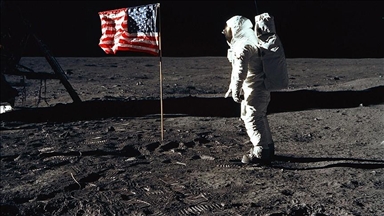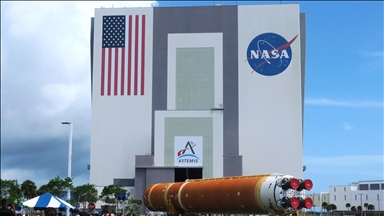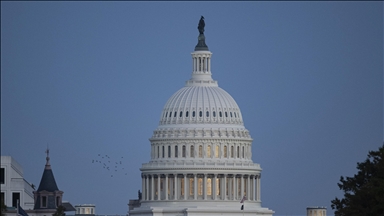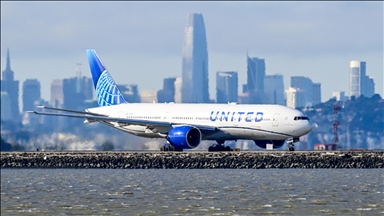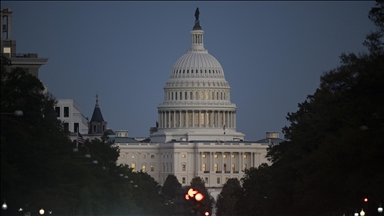NASA struggles to keep Artemis II moon mission on track amid US government funding delays
Space agency races to keep lunar mission on schedule as many employees work without pay
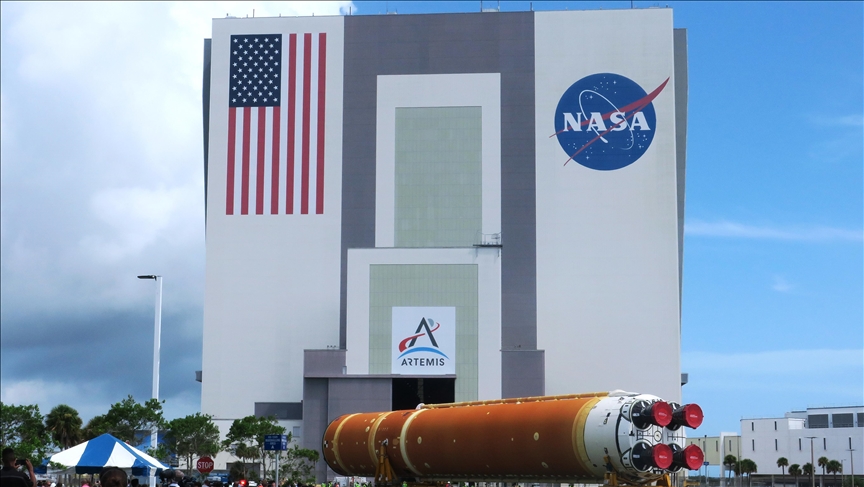 Photo by Paul Hennessy
Photo by Paul Hennessy
ISTANBUL
NASA is struggling to keep the Artemis II moon mission on track nearly a month since a US government shutdown began, despite thousands of federal employees and contractors continuing to work without pay.
The shutdown, the second-longest in US history, began Oct. 1 after negotiations on federal spending priorities broke down. Thousands of federal workers have since been furloughed, while government services have been curtailed or suspended.
At NASA’s Kennedy Space Center in the state of Florida, engineers have completed key milestones, including mounting the Orion spacecraft atop the Space Launch System (SLS) rocket, and finishing major testing phases of both vehicles, as well as completing training for the astronaut crew and flight control teams. All this despite the political stalemate in Washington.
Officials, however, warn that continued delays in federal funding could push the launch date back weeks, or even months.
“Most workers have indicated a willingness to continue the work in the event of contract funding running out prior to the government reopening,” a NASA official told the Ars Technica website. The official noted that Artemis II contracts are only funded through early November.
Kirk Shireman, vice president and program manager for Orion at Lockheed Martin, said the effects of the government shutdown are already being felt.
“I do think we’re rapidly approaching the point where it will be a significant impact, and it’s more to do with overall infrastructure,” he said at a space symposium.
NASA officials said they are doing everything possible to sustain progress, warning that smaller contractors may soon be unable to continue work without a budget deal.
“I really hope that we can find a way to get the government back up and running,” Shireman added.
Artemis II, scheduled for launch as early as February, will mark the first crewed flight of NASA’s next-generation lunar program.
The 10-day mission will see four astronauts travel around the far side of the moon before returning to Earth, a crucial step for future lunar landings.



